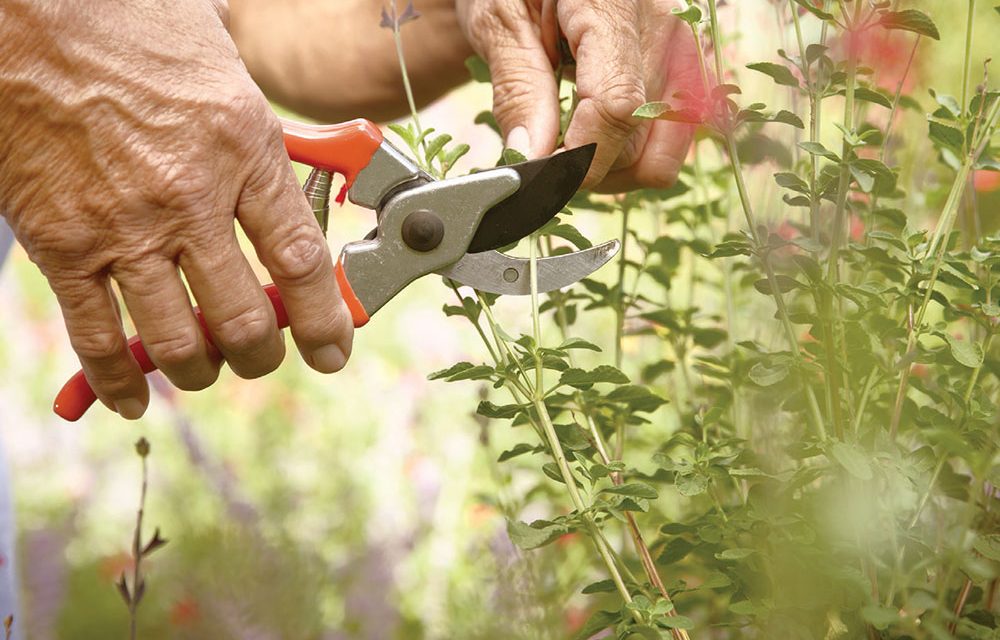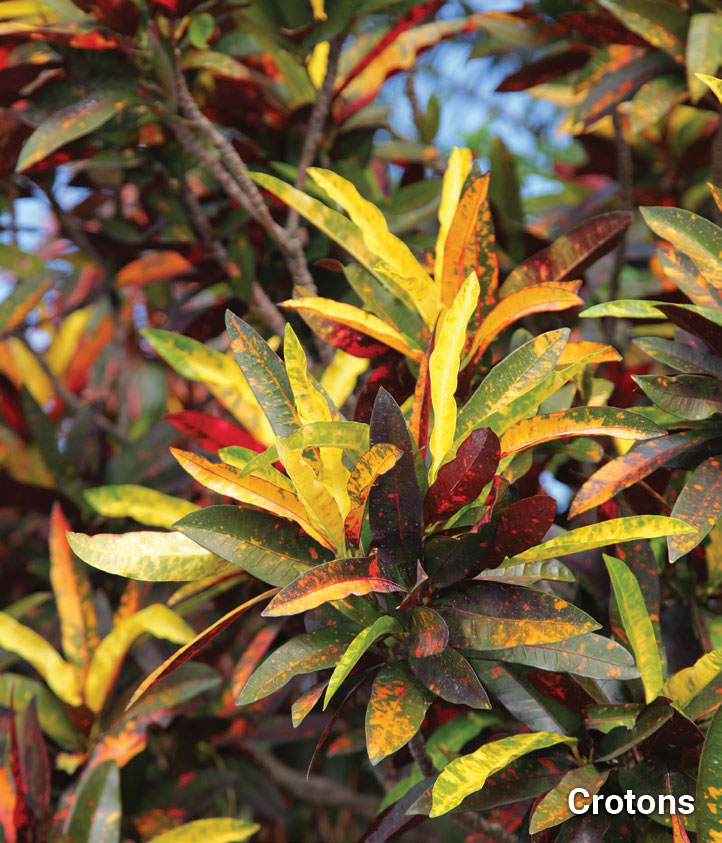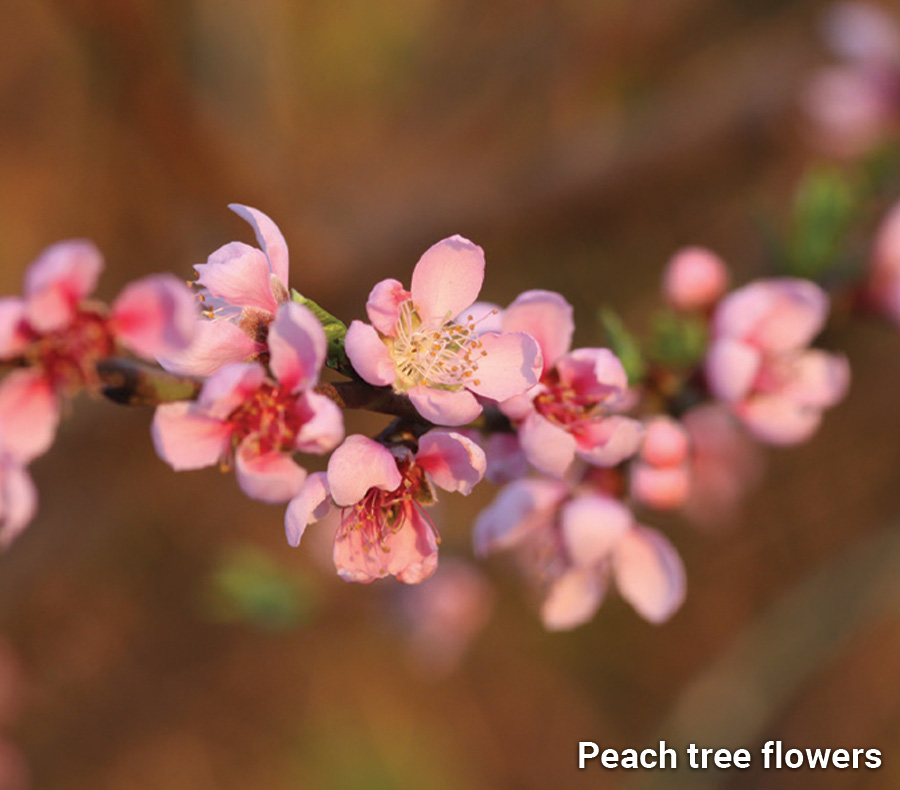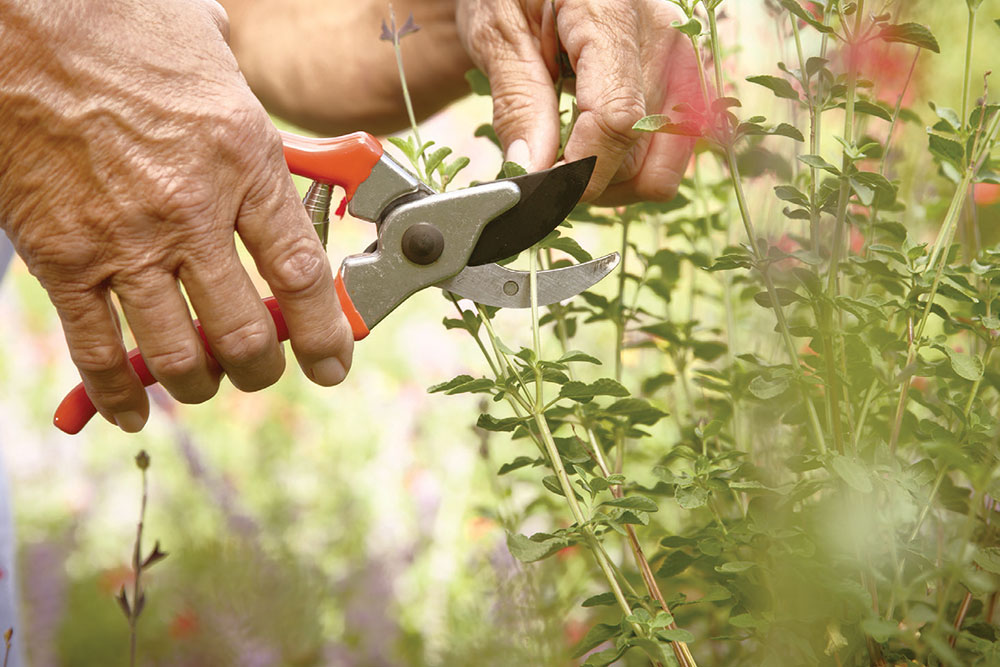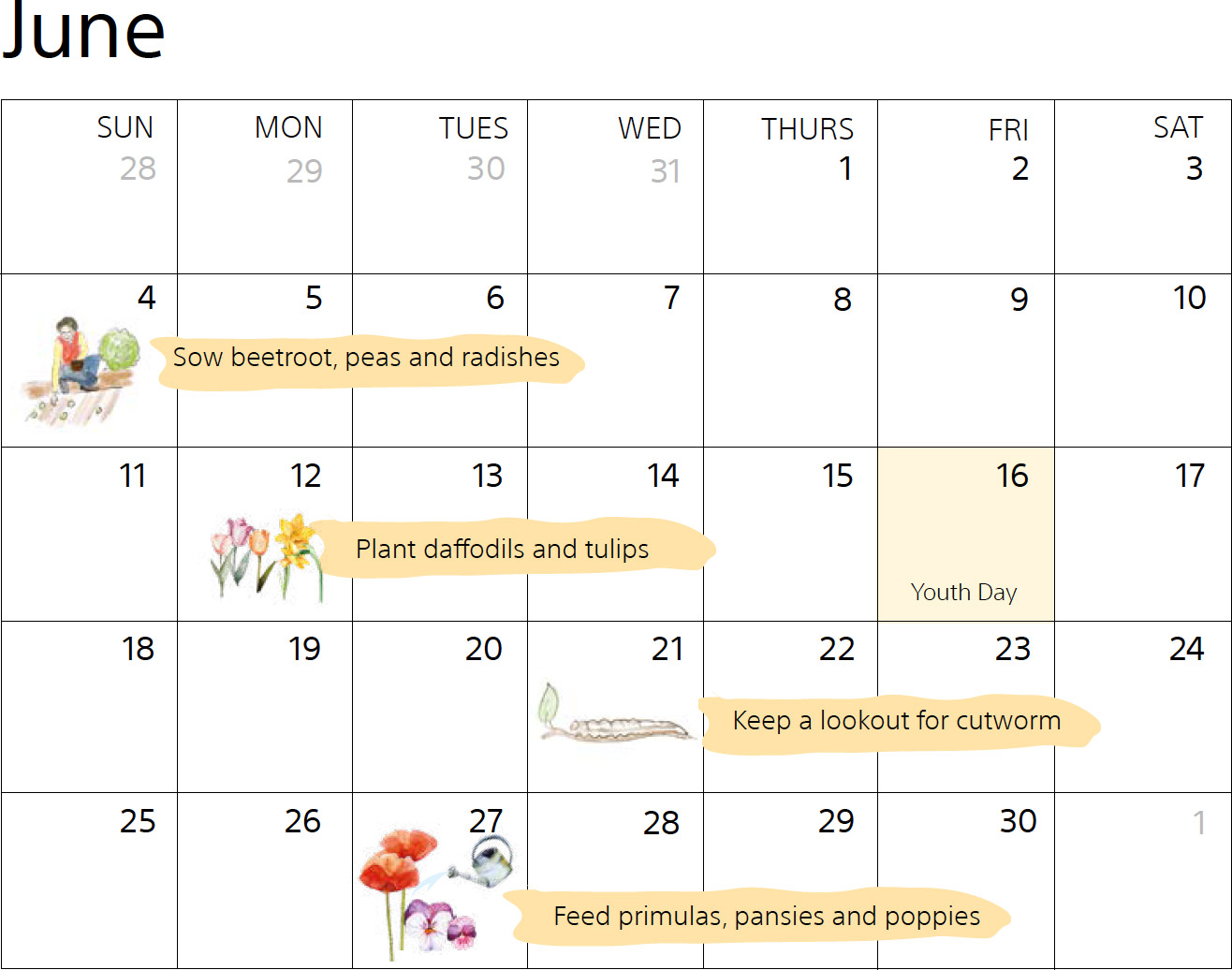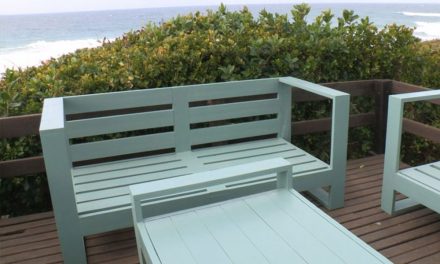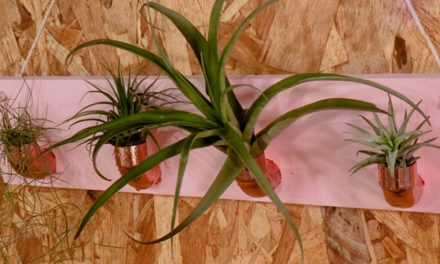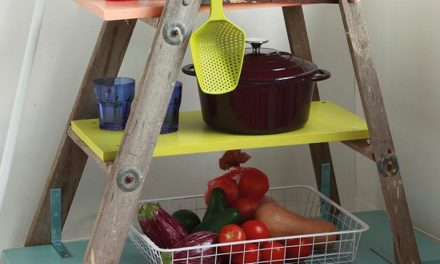June
Things to do in the garden:
Mulch your bulbs with compost, dry grass and leaves or bark. Planting annuals or groundcovers over or in between bulbs will serve as another form of mulch.
Plant compact aloe hybrids like ‘Bushwhacker’, ‘Little Joker’, ‘Peri Peri’, ‘Porcupine’ and ‘Hedgehog’.
To have a good supply of healthy winter greens for salads and sandwiches, sow a mix of peppery rocket, beetroot, radishes and lettuce in trays to keep on a windowsill which receives morning sun. Cut off the greens as you need them.
In warm gardens the crotons will be bright and colourful. If not, cut them back to renew them if they have become woody. Use the clippings to root new plants. Feed them with a general fertiliser for foliage.
Top-up bird baths regularly with fresh water and hang a few pine cones filled with a mix of peanut butter and bird seed among the branches of your trees.
If there has been a bout of cold or dry wind, give your garden a deep drink early in the morning to allow the plants to dry off during the day.
Neaten focal plants like flax (Phormium) and cordylines.
Watch out for winter grass (Poa annua), an annual weed which germinates on lawns in winter. It is normally visible as small clumps of bright green grass with fine brown seed heads, overwintering in damp, shady areas. Remove it by hand or apply a weed killer.
Clear paths of moss and lichen. Available herbicides will also control unwanted weeds between pavers.
Treat timber benches, furniture and decks by sanding down and sealing with a preservative.
In very cold areas, bubble wrap is ideal to insulate pots and containers and even greenhouses.
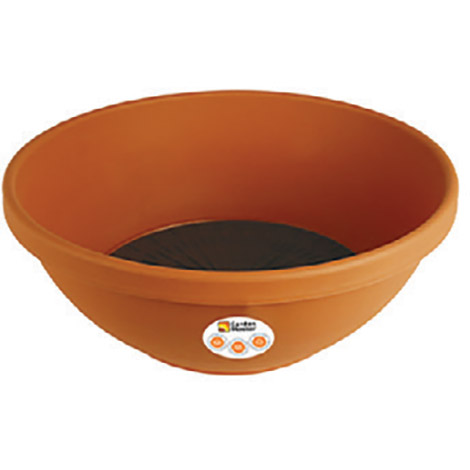
The Garden Master Solar Dish is perfect for planting succulent gardens and it has its own drainage grid.
Credits
Referenced from Garden Master: Autumn / Winter Garden Calendar

